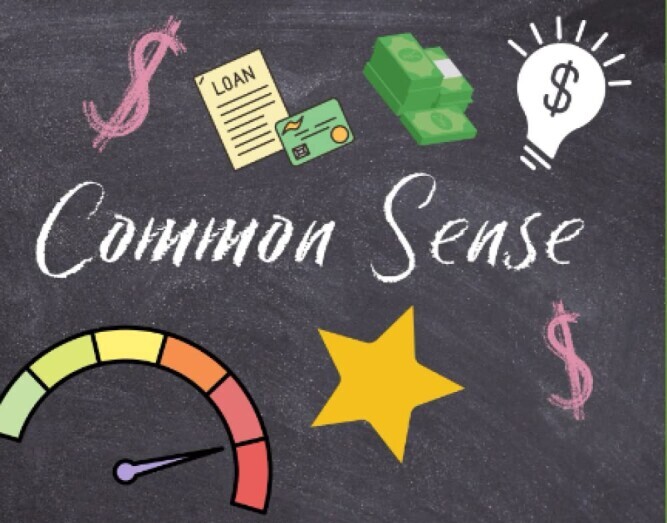
When it comes to personal or business finances, understanding the relationship between assets, liabilities, and equity is crucial. These three concepts form the backbone of financial health, determining your net worth and your ability to build wealth over time.
Assets are essentially everything you own that holds value. These can be physical items like a house, car, or jewelry, as well as intangible assets such as stocks, bonds, or patents. Assets are often divided into two primary categories: current assets, which include things like cash and inventory, and non-current assets, such as real estate or machinery. Additionally, assets can either appreciate in value, like property or art, or depreciate over time, such as vehicles and electronics.
On the flip side, liabilities are your financial obligations—everything you owe. These include credit card debts, mortgages, student loans, and utility bills. Liabilities are categorized into short-term liabilities, which are due within a year, and long-term liabilities, like mortgages or business loans that have extended repayment periods. Whether you’re an individual or a business owner, managing your liabilities is critical for maintaining financial stability.
The interplay between assets vs. liabilities directly affects your equity—the value remaining after subtracting liabilities from assets. Equity can be understood as your net worth. In both personal and business contexts, this relationship is summarized by the fundamental accounting equation:
Assets = Liabilities + Equity.
This equation provides a clear snapshot of financial health. If your liabilities outweigh your assets, your equity—and overall financial stability—suffers. Conversely, reducing liabilities while increasing assets helps grow your equity and positions you for long-term financial success.
Building a Strong Financial Foundation Through Assets and Liabilities Management
To build a strong financial foundation, you must focus on two key areas: growing your assets and managing your liabilities. Together, these strategies will help increase your equity and overall wealth.
1. Growing Your Assets
Building wealth requires acquiring valuable assets, especially those that appreciate over time. For example, real estate, stocks, and intellectual property are all assets that tend to grow in value. Additionally, diversification plays a critical role in minimizing risk. By spreading investments across different asset types—such as real estate, stocks, and bonds—you can protect yourself from significant losses should one sector underperform.
Owning appreciating assets like real estate, art, or a portfolio of stocks is essential for long-term financial growth. These assets not only retain their value but typically increase in worth, boosting your overall net worth. Even acquiring intellectual property like patents or trademarks can add value, particularly for business owners looking to leverage innovation and creativity.
2. Managing Liabilities
Liabilities are unavoidable, but they should be managed wisely to ensure financial stability. Reducing unnecessary debt is the first step. By paying off high-interest debts, such as credit cards or personal loans, you free up resources to invest in wealth-building assets. Proper use of credit is also crucial. When handled responsibly, credit can be a useful tool to manage short-term expenses and finance larger purchases, but it should never be overextended.
Managing short-term liabilities, such as utility bills or minor loans, while balancing long-term liabilities, like mortgages or student loans, ensures that you don’t face undue financial strain. It’s vital to keep liabilities in check to prevent them from eroding your equity.
One of the most effective ways to strengthen your financial foundation is by actively reducing liabilities while growing assets. Every liability you pay off reduces your financial burden and increases your equity.
The Importance of Equity in Financial Health
Equity reflects the strength of your financial position and is a critical component of long-term financial security. As you accumulate assets and reduce liabilities, your equity grows, serving as a financial scorecard for your progress.
Regularly tracking your net worth—the difference between your assets and liabilities—helps you measure your financial standing. Growing your assets vs. liabilities gap by acquiring appreciating assets and eliminating debt is the key to increasing equity. The ultimate goal is to achieve positive and growing equity over time, which reflects your ability to generate wealth.
Case Study: Smart Management of Assets, Liabilities, and Equity
Consider a scenario where an individual invests in real estate—an appreciating asset—while steadily paying down a mortgage (liability). Over time, as the property’s value increases and the mortgage is reduced, their equity grows significantly. This person has successfully balanced assets vs. liabilities, growing their financial health by focusing on asset growth while managing their debt effectively.
Such a strategy, if applied consistently across other assets and liabilities, can lead to financial independence. The key takeaway is that assets liabilities equity are interconnected, and mastering this relationship is fundamental to long-term success.
Conclusion: Mastering the Balance Between Assets, Liabilities, and Equity
Achieving financial freedom is possible through strategic management of assets, liabilities, and equity. By focusing on acquiring appreciating assets, reducing liabilities, and regularly tracking your equity, you can build a solid financial foundation that grows stronger over time. Make informed decisions, diversify your assets, and manage your liabilities wisely to ensure long-term financial health.
As Common Sense: Assets vs. Liabilities, Personal Credit, Starting a Business, Business Credit and Mindset by Aryel Jamese Collins points out, mastering these concepts not only helps individuals grow wealth but also equips businesses with the financial knowledge to succeed. Building a foundation of smart asset acquisition, liability management, and equity growth is key to financial success.
Here’s a little transparency: Our website contains affiliate links. This means if you click and make a purchase, we may receive a small commission. Don’t worry, there’s no extra cost to you. It’s a simple way you can support our mission to help make people wealthier.

